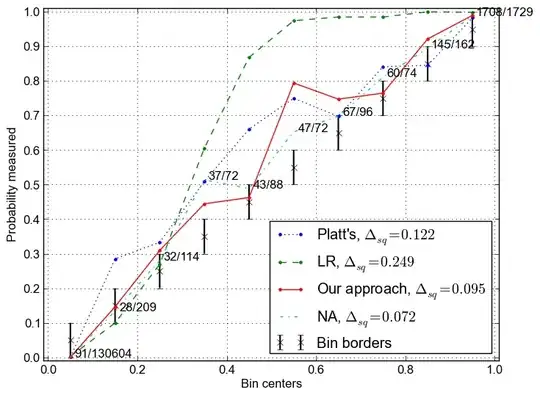Here are some distributions of US political views by industry:
After observing their mostly bimodal nature, I would like to measure the degree of bimodality in each of the distributions for the purpose of comparison with the same distribution over time, as well as for comparison between distributions (between industries in this case).
Presuming I first test for bimodality using some established methods, what should my next steps be to determine the extent of the bimodality?
